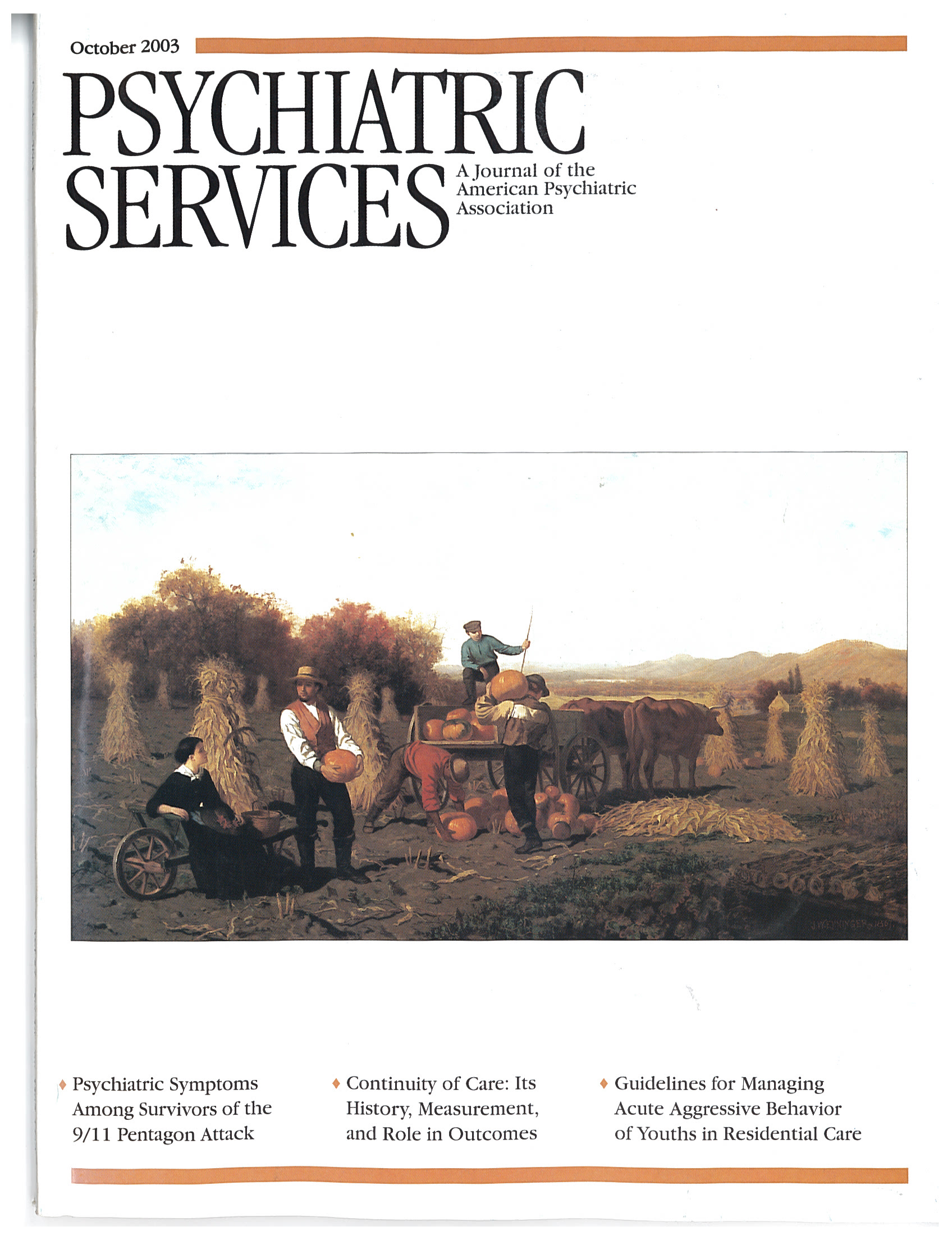History and Measurement of Continuity of Care in Mental Health Services and Evidence of Its Role in Outcomes
Abstract
OBJECTIVES: The objective of this study was to provide a brief history of the concept of continuity of care, to update evidence of its association with patient outcomes, and to identify optimal characteristics of a continuity-of-care instrument. METHODS: Articles describing recent (1990 to 2002) empirical work on continuity of care were drawn from a broader set of 305 articles about continuity of care that were obtained from a systematic literature search. RESULTS AND DISCUSSION: The literature shows that ideas about continuity of care have changed in concert with general service delivery changes over the decades. Since 1997, only eight studies have used operationally defined measures either to describe continuity of care in mental health services or to examine the association of continuity of care with outcomes for adults with severe and persistent mental illness. Only three groups of researchers have published articles on development of continuity-of-care measures. CONCLUSIONS: There is little evidence that continuity of care results in better client outcomes, which may be primarily attributable to the underdevelopment of measures. Measurement of continuity of care must become more sophisticated before key questions about the association of continuity of care with outcomes can be examined and before the effectiveness of interventions designed to improve continuity of care can be rigorously evaluated.



